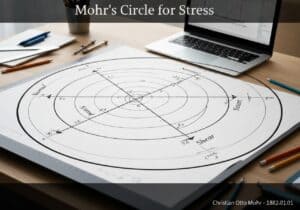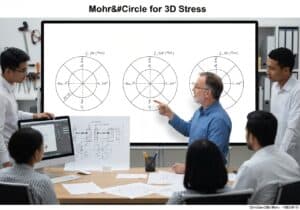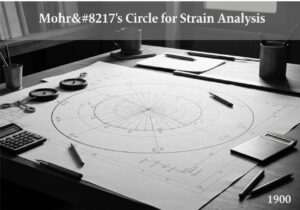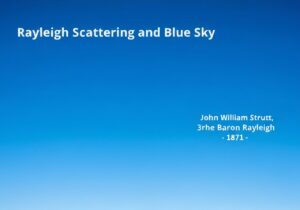For the results of an ANOVA to be considered valid, several key assumptions about the data must be met. These are: (1) Independence of observations, meaning the errors are uncorrelated. (2) Normality, where the residuals for each group are approximately normally distributed. (3) Homoscedasticity, or homogeneity of variances, meaning the variance of residuals is equal across all groups.
Assumptions of ANOVA
These assumptions relate to the residuals (the differences between observed values and the group means), not the raw data itself. Independence is the most critical assumption and is typically ensured by proper experimental design and random sampling; violations can lead to severely biased results. Normality means the distribution of residuals within each group should follow a bell curve. ANOVA is considered relatively robust to moderate violations of this assumption, especially with large and balanced sample sizes, due to the Central Limit Theorem. Homoscedasticity (\(\sigma_1^2 = \sigma_2^2 = \dots = \sigma_k^2\)) means the spread or scatter of data points around their group mean should be similar for all groups. Significant violation of this assumption (heteroscedasticity) can increase the rate of Type I errors. Statisticians have developed diagnostic tools to check these assumptions. For example, Q-Q plots can assess normality, and Levene’s test or Bartlett’s test can check for homogeneity of variances. If assumptions are severely violated, researchers may need to transform the data or use alternative statistical methods that do not rely on these assumptions.
Type
Disruption
Usage
Precursors
- Central Limit Theorem (Abraham de Moivre, Pierre-Simon Laplace)
- Theory of the normal distribution (Carl Friedrich Gauss)
- Concept of statistical residuals from regression models
- Development of formal hypothesis testing (Jerzy Neyman, Egon Pearson)
Applications
- diagnostic checking in statistical modeling to ensure validity
- guiding data transformation (e.g., log transform to correct for heteroscedasticity)
- informing the choice of non-parametric alternatives like the Kruskal-Wallis test when assumptions are violated
- ensuring the reliability of scientific research findings published in peer-reviewed journals
- validating the results of A/B testing in business analytics
Patents:
Potential Innovations Ideas
Professionals (100% free) Membership Required
You must be a Professionals (100% free) member to access this content.
AVAILABLE FOR NEW CHALLENGES
Mechanical Engineer, Project, Process Engineering or R&D Manager
Available for a new challenge on short notice.
Contact me on LinkedIn
Plastic metal electronics integration, Design-to-cost, GMP, Ergonomics, Medium to high-volume devices & consumables, Lean Manufacturing, Regulated industries, CE & FDA, CAD, Solidworks, Lean Sigma Black Belt, medical ISO 13485
We are looking for a new sponsor
Your company or institution is into technique, science or research ?
> send us a message <
Receive all new articles
Free, no spam, email not distributed nor resold
or you can get your full membership -for free- to access all restricted content >here<
Related Invention, Innovation & Technical Principles














